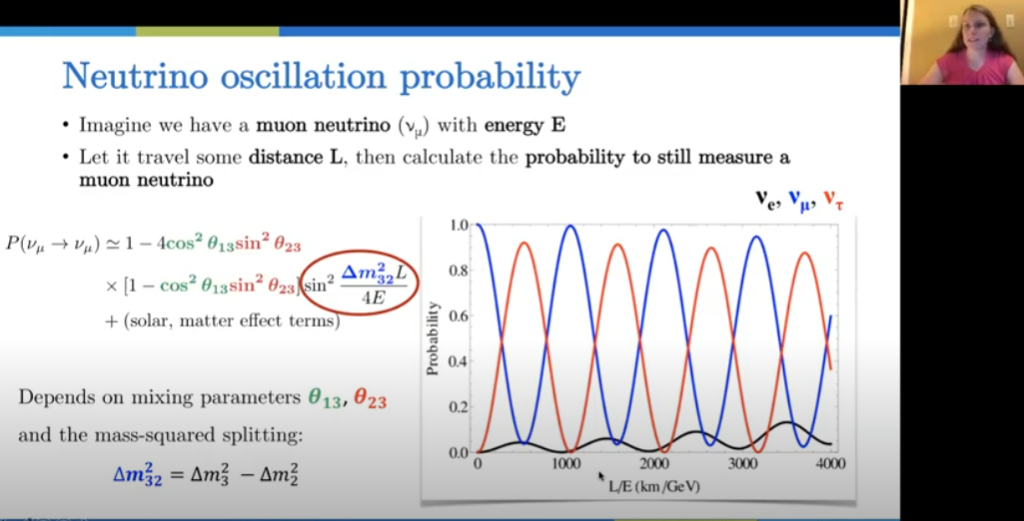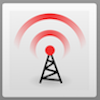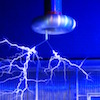Friday Flyer - September 18, 2020

Spotlight on Summer 2020
Well, it has been 2020 all year so far. Yet, QuarkNet teachers and mentors adjusted admirably. Some centers postponed workshops and many went to a remote online format. Kansas State kicked it off in June with a virtual Neutrino Data Workshop and Syracuse closed it out in August with CMS. In between, many centers took the opportunity to do STEP UP workshops and Fermilab/University of Chicago exercised the new Muon Data Workshop. Of course, cosmic rays were a hot topic, no weather pun intended, as usual.
Teachers also took advantage of QuarkNet summer development activities. Data Camp went online and focused on coding; they ran two Data Camp week-long sessions to rave reviews. One teacher jotted out after the first day of school, ". . . yesterday was 1st day of online learning and I hinted to my AP 2 class we would be doing a bit of coding. Immediate interest and wanting to see my Notebooks . . . thinking my Coding Leadership Group (CLG) is up for creating new Notebooks for their peers. Awesome." A student remarked, "I really think it's great how we learn coding in actual class and apply knowledge to develop something."
Another hit was the Summer Session for Teachers, where Fermilab physicist Allison Hall presented a course for fifty QuarkNet teachers on The Standard Model and Beyond in six Zoom seminars plus homework. Boston and Idaho State centers added their own discussion groups to enhance the class. Thanks, Allison, for a great course!
And, as we began to approach an uncertain school year, we launched QuarkNet Educational Discussions, still ongoing, so QuarkNet teachers can talk together about problems, solutions, ideas, and concerns. More on that below.
Quite a summer. Quite a crew.


News from QuarkNet Central
It's a date! World Wide Data Day (W2D2) will take place on November 12 this year. We are hoping for more participation than ever, and we also expect a revised and, hopefully, very interesting measurement. More information will start to flow in October but, for now, mark your calendar. Check out the website; right now, it still shows W2D2-2019, but that will start to change soon.
AAPT Winter Meeting 2021, January 9-12, will be online, making it a great opportunity to present your work without worrying about travel. Learn more about submitting an abstract, due October 2. And this just in: registration is now open with the deadline for reduced "Early Bird" rates on December 2.
Saturday Morning Physics at Fermilab is an opportunity for high school students to further their understanding and appreciation of modern physics, and this fall it's going virtual! Student applications are due by September 21, so please pass this information along to your students soon. Learn more from the SMP team, including a link to the application.
QuarkNet Educational Discussions (QED) is an opportunity for QuarkNet teachers and staff to get together virtually a couple of times each month to share ideas, ask questions, and connect with QuarkNet colleagues. Our next meeting will take place on September 23, so be sure to mark your calendar! Here are more details.
The first circular for International Masterclasses 2021 is now available. Have a read to learn a bit of what is in the offing.

Physics Experiment Roundup
This week, let's focus on CERN. First off, we have news from CERN Bulletin that all interconnections are closed in the LHC and cooling down can commence. CMS reports on installation of the gas electron multiplier (GEM) detectors in the forward muon system and ATLAS takes a look back to a really cool detector mock-up. And if you are wondering what happens to a used-up beam in the LHC, symmetry explains how that train comes to a halt.

Resources
Don Lincoln is not done! He has a new Subatomic Stories video out, this time about that antimatter question. Another video, from symmetry, is more tongue-in-cheek but still helps to explain the neutrino oscillation conundrum.
Interactions has some interesting news about neutrinos and more. First, APS has designated Sanford Lab and Morgan State University as historic sites in physics: Sanford for the ground-breaking Ray Davis solar neutrino experiment at its Homestake Mine site and Morgan State as the site of the founding of the National Society of Black Physicists. Well-deserved, both! Interactions also reports, via phys.org, that theorists at Kanazawa University in Japan have proposed a new framework for understanding neutrino masses and may lead to answers to that antimatter question.

Just for Fun
Enough xkcd! Launch it into space! Uh-oh: this, this, and this.
Speaking of stellar evolution, here, for no real reason, is an interactive map of Middle Earth.
Finally, the Graphics and Stuff Department here at One Friday Flyer Plaza was inspired by the cool Feynman diagrams at the beginning of neutrino masses article in Resources, and came up with the only Feynman diagram of upsilon decay you will ever need aside from the others.
QuarkNet Staff:
Mark Adams: adams@fnal.gov
Ken Cecire: kcecire@nd.edu
Spencer Pasero: spasero@fnal.gov
Shane Wood: swood5@nd.edu
